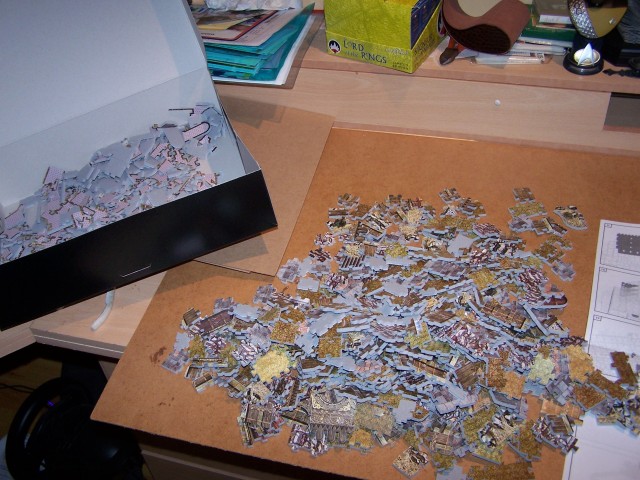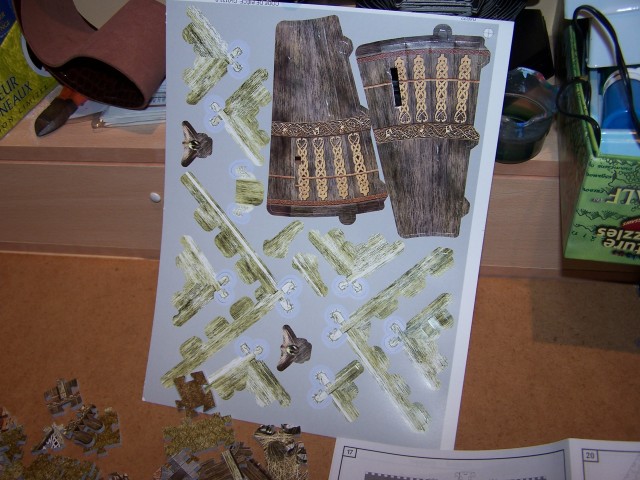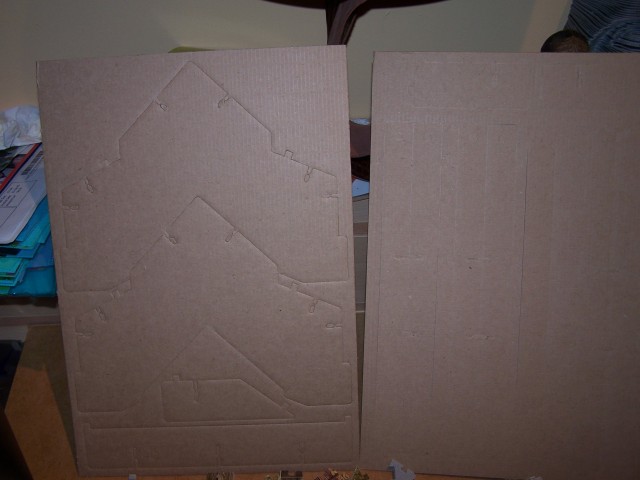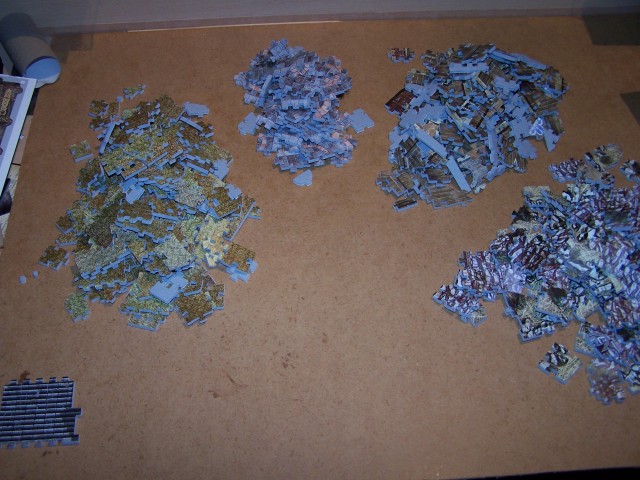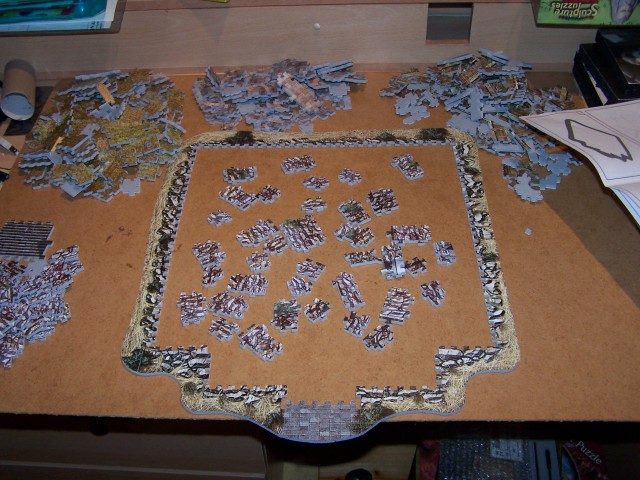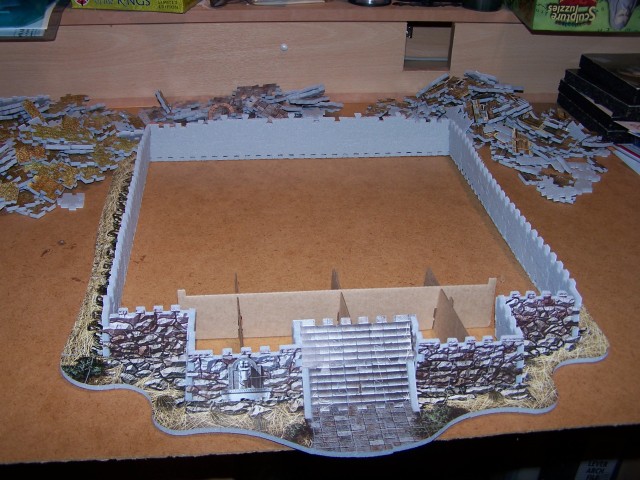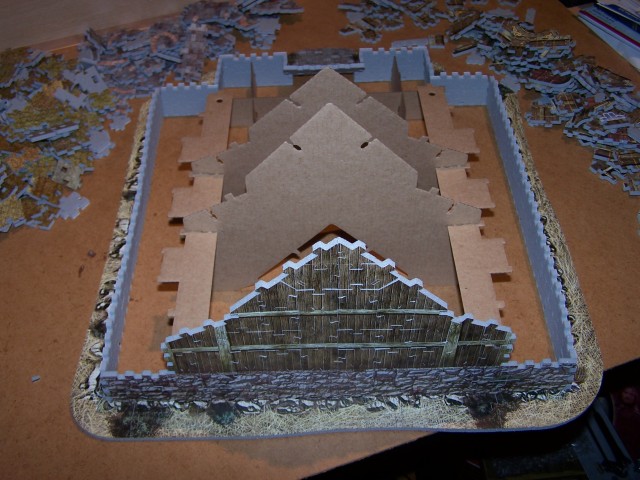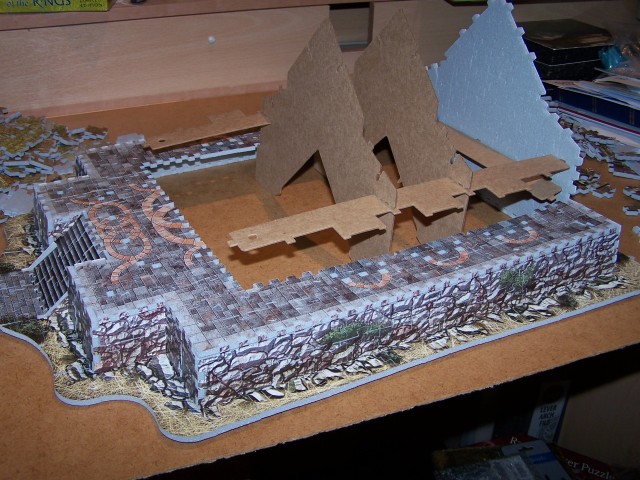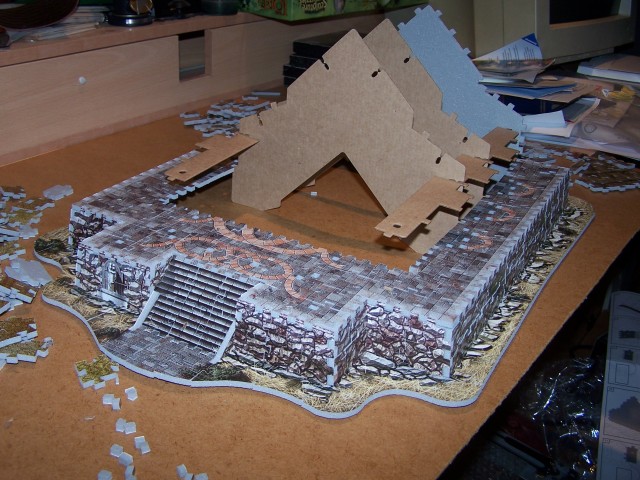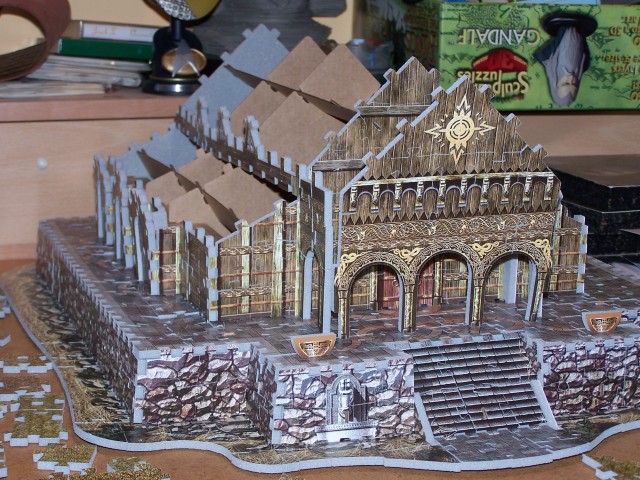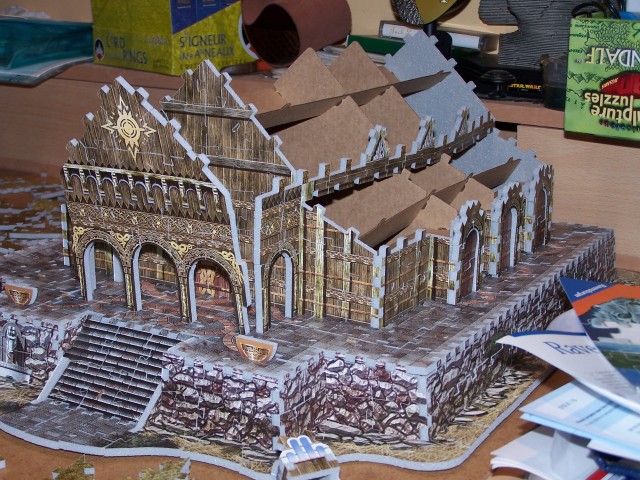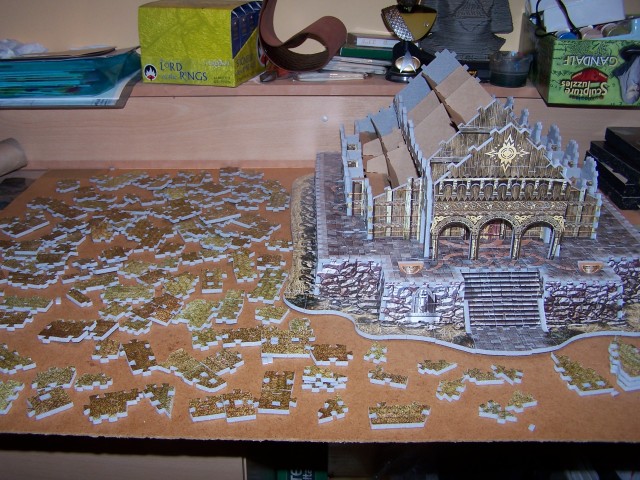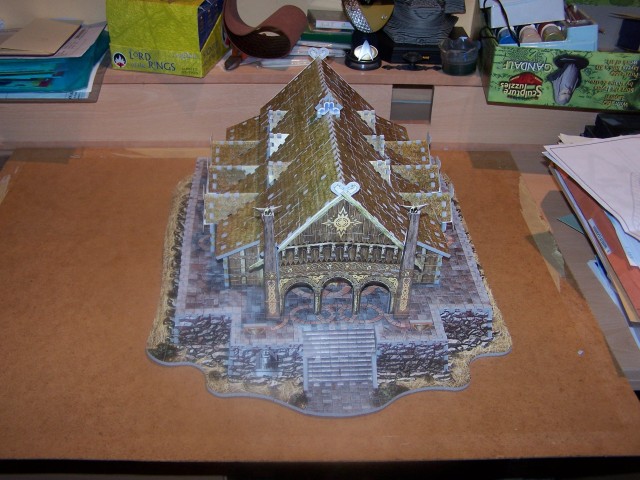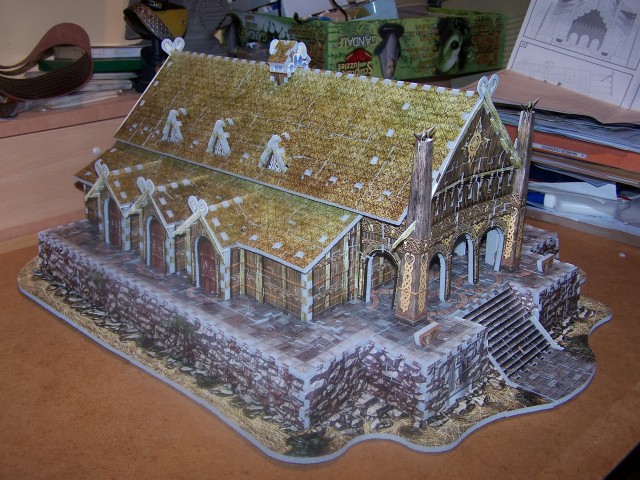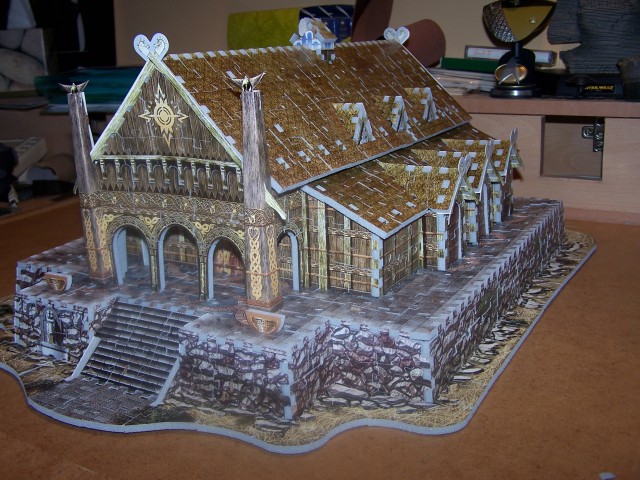Another prize for Faramond!

First you have to catch it, of course.
Hobby, I skipped your post earlier by mistake. Let me re-read it more carefully now and see if I can answer your question.
Jn
Ok.
On reading it again I see that it's not like I said - the binary codes are for numbers, not letters!
Well, they're for both.
random letter = number in series = corresponding binary sequence
That's the way it was in the other puzzle, too, but because the numbers in the series were 1, 2, 3 ........26, they did not bother to show this correspondence. They just gave the letter and binary expression for that letter's order in the alphabet.
I thought you'd just mixed up the order of the letters! So, in fact:
A could be 24455, B could be 54, C could be 951 ... And those numbers are in binary.
Yes. In theory A could be 24455, but in practice none of the numbers are so large, because that would be a major pain for me to put a number that large into binary. The largest number in the series is, in fact, 59.
If you go back to the previous page, the clue given for solving that first puzzle applies to all binary numbers: no letter/number can begin with a 0. If you make a little break in the series every time you come to a 1, it will show you one rather long series and two other shorter but similar series that have to represent a single number/letter. Since these appear more than once, you can guess that they correspond to the three letters that appear more than once. It's a very short quote - only 18 letters - so for one letter to appear three times it must be a
very common letter. (A list of most common letters is also given along with the first puzzle on the previous page.)
Farmond is right, though, that is easier to solve a cryptogram when the quote is long. A short quote is easier if you're converting binary, so I went with the short quote and gave a clue to help with the cryptogram.
Quote:
>>They are 26 numbers that form a familiar series, and the series has been given a little twist.
I don't understand this at all!
1,2,3 ..... 26 would be a series of the number from 1 through 26
2,4,6,8 .... would be a series of even numbers
1,3,5,7 ... would be odd numbers
and so forth. I used a series that you are very likely familiar with, but Faramond did not have enough numbers to figure out what it was. In that regard, a longer quote would also have been better.
You can solve it by duplicating the method I used to create it. I took the first 59 numbers and coded all of them in binary. Then I picked out the numbers that belonged to the series that I wanted and assigned letters to them. If you code all of the first 59 numbers, which does not take long, btw, you can at least spot the sequences that also appear in the quote.
What I should have done is either used a number series or randomized the letters, but not both. But I was afraid it would be boringly easy that way.

Seriously. If you can guess at least two of the letters that appear more than once, you'll know the quote right away.
Jn




